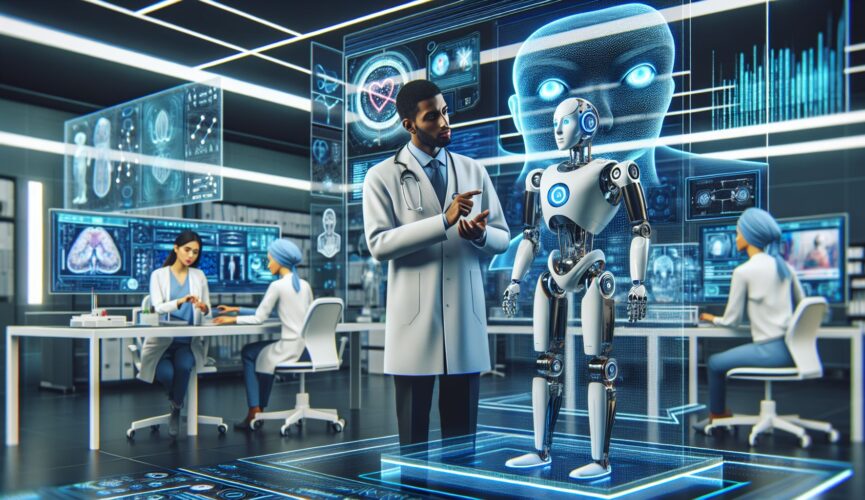As technology continues to advance at a rapid pace, its impact on different industries becomes more pronounced. Among these industries, perhaps none has experienced as significant a transformation as medicine. The fusion of technology and medicine has revolutionized healthcare in countless ways, enhancing patient care, streamlining processes, and advancing medical research. In this blog post, we will explore the powerful combination of technology and medicine and the remarkable benefits it brings to the table.
Enhancing Patient Care
One of the most remarkable advantages of technology in medicine is its ability to enhance patient care. Through electronic health records (EHRs), healthcare professionals can easily access and update patient information, allowing for a more comprehensive and integrated approach to medical treatment. EHRs streamline the sharing of patient records between healthcare providers, ensuring accurate and efficient communication, which leads to better-informed decisions about patient care.
Moreover, technological advancements have led to the development of telemedicine, which allows patients to consult with healthcare professionals remotely. This method has proven particularly useful during the COVID-19 pandemic, enabling doctors to provide medical advice and prescribe medications without the need for in-person visits. Telemedicine not only ensures that patients receive prompt medical attention but also reduces the burden on healthcare facilities and eliminates geographical barriers to access quality medical care.
Streamlining Processes
Technology has also significantly streamlined medical processes, leading to increased efficiency and reduced errors. For instance, the use of robotic surgery allows for precise and minimally invasive procedures, leading to shorter recovery times and lower complication rates. Robotic surgery enables surgeons to operate with enhanced precision and visualization, resulting in improved outcomes and decreased patient discomfort.
Additionally, the advent of automated dispensing systems and barcode medication administration has streamlined medication management. These technologies help to prevent medication errors by ensuring that the right medication and dosage are administered to the correct patient. Barcode scanning at each step of the process helps to detect any discrepancies and ensure patient safety.
Advancing Medical Research
Technological advancements have propelled medical research to new heights. High-performance computing and big data analysis allow researchers to efficiently sift through vast amounts of data, accelerating the discovery of new treatment options and diagnostic tools. Artificial intelligence (AI) applications and machine learning algorithms can analyze medical images, detect patterns, and improve diagnosis accuracy, ultimately assisting healthcare professionals in providing more precise and personalized care.
Furthermore, technology has facilitated the development of virtual reality (VR) and augmented reality (AR) applications in medical education and training. VR and AR simulations provide medical students and professionals with immersive and realistic experiences, allowing them to practice procedures in a safe and controlled environment. Such innovations enable healthcare providers to refine their skills and enhance their expertise without putting patients at risk.
Conclusion
The integration of technology and medicine has undoubtedly revolutionized healthcare in numerous ways. From enhancing patient care and streamlining processes to advancing medical research, the potent combination of technology and medicine has proven to be a game-changer. As technology continues to evolve, we can expect even more groundbreaking developments that will shape the future of medicine and ultimately improve the lives of countless individuals.
